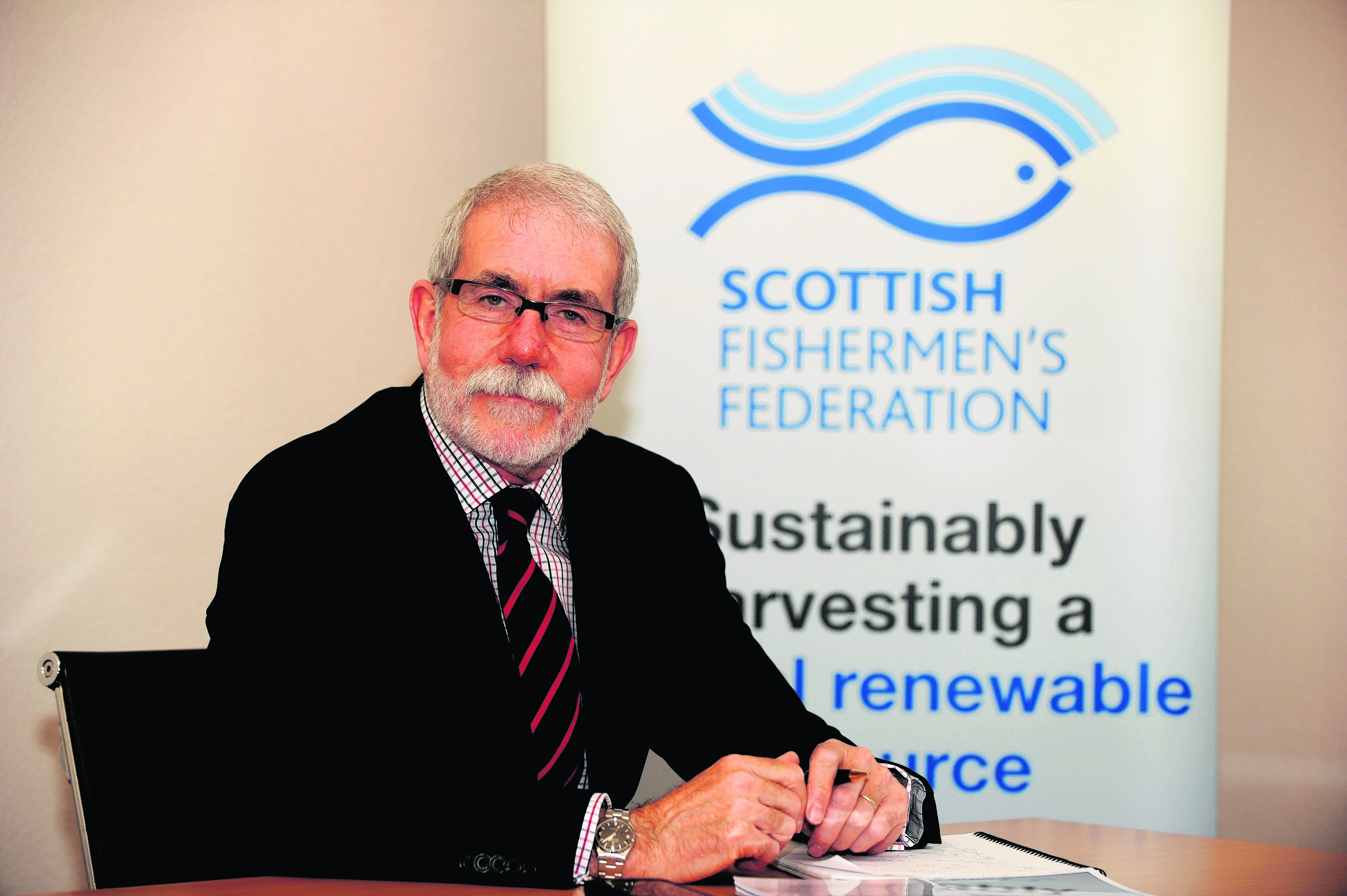A record £514million catch and big jump in landings in 2014 highlights the importance of the Scottish fishing fleet to the economy and fragile coastal communities, industry chiefs said yesterday.thurs
But they also warned the impressive figures were heavily skewed by one particular species, mackerel, while major challenges lay ahead for the wider industry.
The Scottish Government said the total value of fish and shellfish landed by Scottish vessels last year increased by almost one-fifth, or 18%, compared with 2013, to £514million, with mackerel – worth £195million – continuing to be the most valuable stock.
Holyrood’s headline value for the industry during 2014 is £1million more than a provisional figure released earlier this year.
The total quantity of fish and shellfish landed by Scottish vessels at UK and overseas ports increased by 31% to 481,000 tonnes.
Scottish Fishermen’s Federation chief executive Bertie Armstrong said: “While the figures at first glance appear to reflect a buoyant industry, they should be treated with a degree of caution.
“Most of the increase in value and volume can be attributed to mackerel, which saw a large increase in quota last year due to the abundance of the stock.
“However, the underlying good news is that the majority of fish stocks of interest to our fishermen – such as North Sea haddock and cod – are either in good health or are heading in the right direction.
“Major challenges remain and of particular significance is the fact that the quota allocation for white-fish was almost fully taken up in 2014.
“This means that when the landing obligation, or discard ban as it is known, starts to be phased-in from January 1, 2016, as things stand there is currently very little room for manoeuvre for the fleet.
“These landing figures, therefore, underline that if the discard ban is to work, there is the real need for there to be sensible compensatory quota increases to account for the fact that all fish caught will have to be landed.”
Fisheries Secretary Richard Lochhead said: “Despite the volatile weather conditions, it is good to see that the overall volume of landings from the Scottish fleet held up well in 2014.
“I’m particularly pleased with the news that the value of mackerel landings increased in real terms.
“The Scottish Government has worked hard over the years to add value to these Scottish products, promoting them to markets both at home and across the world.
“We will continue to promote Scotland’s priorities on the international stage and are focused on getting the best possible deals in fisheries negotiations, while working hard to get support from across Europe to fight off new burdens and wherever possible increasing quotas of stocks of key commercial importance to maximise what our fishermen can catch.”
